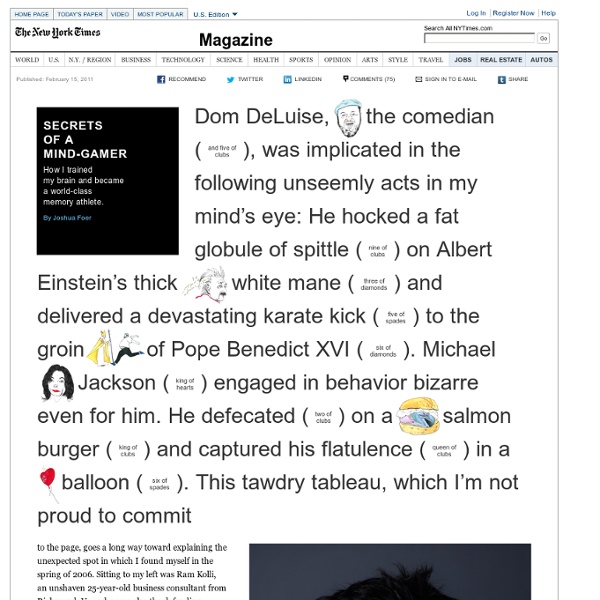



The Happiness Project 40+ Tips to Get the Most Out of Web Apps There’s so many things you can do from your browser, you could get by quite nicely without any other native apps. The internet is full of amazing web apps, ranging from powerful tools for enterprises to little tools that do one thing great. While the web apps and sites we love are powered by servers, usually running Linux with Apache, MySQL, and more, our browsers feel more like the “operating system” on which web apps run. We’ve gathered the best tips we can find to help you get the most out of web apps, both from the apps themselves and the browsers you use to access them. Accounts 1. You’ve likely already got way too many online accounts. Today, many apps let you sign up for a new account using your Twitter or Facebook account, and many others work with your Google account. You could signup manually, but 1-click is so much easier 2. Alas, everything doesn’t have a 1-click signup button. There’s a number of ways to keep your email more private. 3. 4. 5. Security 6. 7. 8. 9. 10. 11. 12.
Web.AppStorm | Web Applications Reviewed, Rounded Up & Explained Formal grammar I ran across the Wikipedia article on this subject today. While I found it fascinating and enthralling, it also took me about half an hour to properly decode the notation being used, so here I have interpreted it for the layman. What is a formal grammar? Symbols Begin with symbols. "a" "b" "W" etc. If we allow other special characters to be symbols, then we could also have: "_" "'" ";" etc. But our symbols could also be English words. "spectacular" "adventure" "heroes" A symbol in isolation does not need to mean anything. Alphabets A set of symbols is called an alphabet. Strings A string is a finite series of symbols. "cat" "misanthropy" "sfdggkklsl" If our alphabet contained special characters, then some more example strings might be: "__^(sdfsd_+_$%" "dd'dddddd" ";kfllfddf7777lskl¬¬" If, instead, our alphabet consisted of English words, then a string (or sentence) would simply be a series of words, such as "bucket July embarrass whatsoever isn't a the" Languages Grammars Formal definition So what? Bad:
The Back of the Napkin | DanRoam.com “Inspiring! It teaches you a new way of thinking in a few hours — what more could you ask from a book?” — Dan Heath,author of Made to Stick “With style and wit, Dan Roam has provided a smart, practical primer on the power of visual thinking. — Daniel H. “This book is a must read for managers and business leaders. — Temple Grandin,author of Thinking in Pictures “Anyone with a pen and a scrap of paper can work through complex business ideas — a remarkably comprehensive system of ideas.” — Publishers’ Weekly
Line By Line - ImageThink's Graphic Facilitation Blog: Picturing Big Ideas Economics and Politics by Paul Krugman - The Conscience of a Liberal Today's Most Popular Study Guides